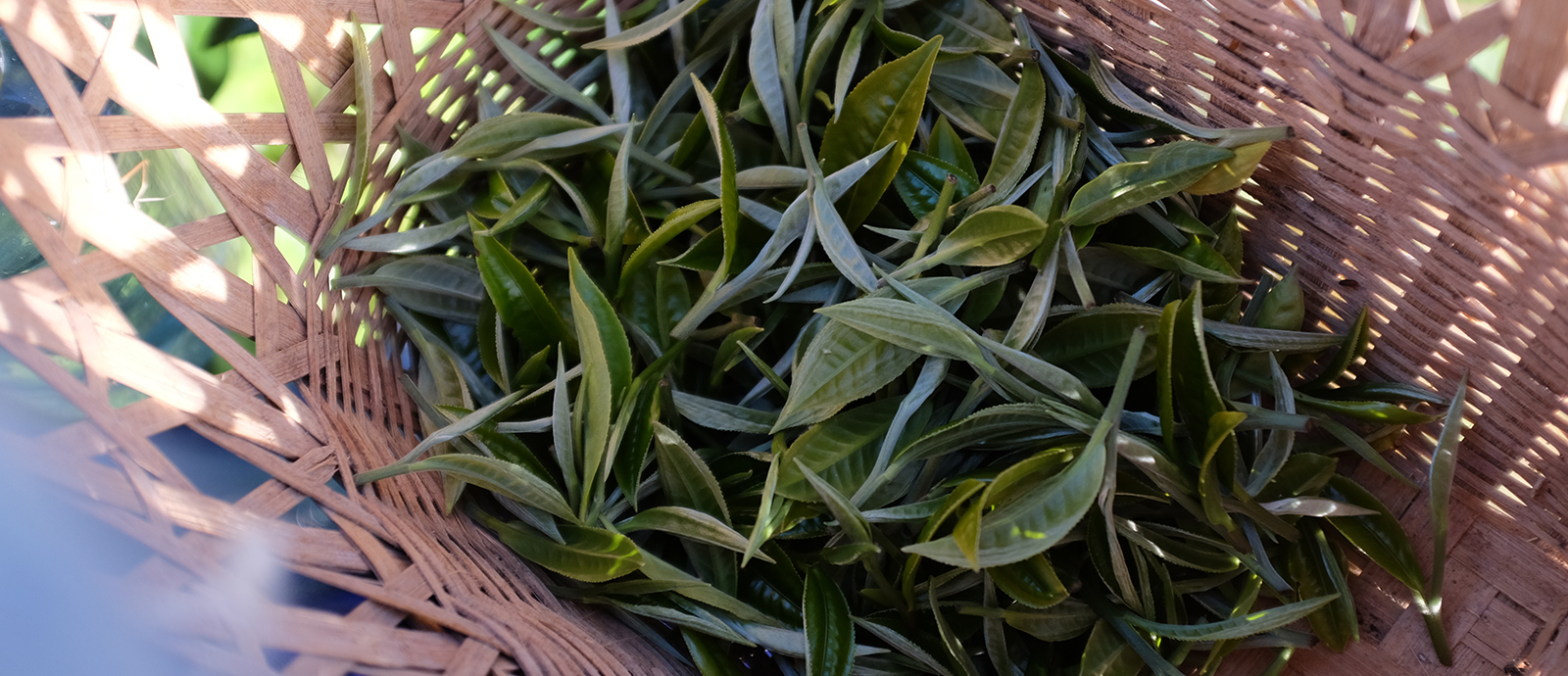“Natural Ingredients”
Knowing how to navigate the world of ‘Natural Ingredients’ in food and other products can leave consumers feeling naïve and confused. The Food and Drug Administration (FDA) as well as Food Standards Australia New Zealand (FSANZ) do their best to protect consumers by mandating that ‘Natural’ claims on products should imply that the product is made up of natural ingredients, i.e. ingredients nature has produced, not man made or interfered with by man. A curious individual could literally spend days reading about natural ingredients and how manufacturers and marketers continue to try and dupe consumers by producing labels that are misleading, i.e. only one or more ingredients are truly “something that existed in, or was formed in nature” (Macquarie Dictionary definition of Natural).
Let’s strip this back and make it very simple. Ask yourself if it is important that the food and drink that goes into not only your body, but also your family’s, is pure and free from chemicals and artificial design. If the answer is YES then we have no choice but to turn the product label for a better indication as to what is inside. If there are more than 10 ingredients and if anything listed sounds technical, has anything to do with sucralose or is difficult to pronounce, chances are that at least some part of the product was created in a laboratory. Again, if this is okay with you, then no problem.
However, what if the ingredient label states ‘Natural Ingredients’? What does that even mean? And why can’t the manufacturer be clear and simply list THOSE ingredients? The answer is possibly because there just isn’t enough room on the label. Research indicates that ‘Natural Ingredients’ typically contain a portion of the ingredient that was initially found in nature, it is then combined with up to 100 more ingredients resulting in a product that offers an intense burst of flavor that quickly dissipates so that the consumer quickly comes back for more (Environmental Working Group). Essentially, it is a chemical (that was once natural) that is added to solvents and preservatives created to trick your brain into consuming more.
Understandably, consumers are dubious about ‘Natural Ingredients’ and manufacturers and marketers are beginning to be held responsible for transparency within their products. The most straightforward approach remains the simplest: look for products with the fewest possible ingredients and make sure they are recognizable. Real, pure products are delicious on their own, as nature intended, and do not require any kind of voodoo in order to make you fall in love with them.
written by Meg Williams

